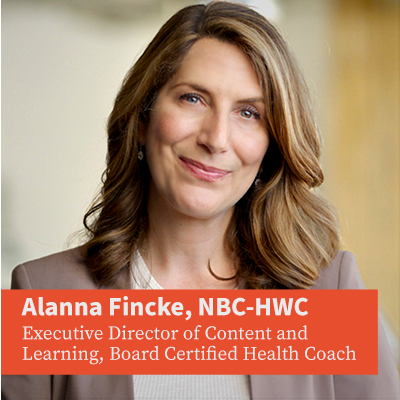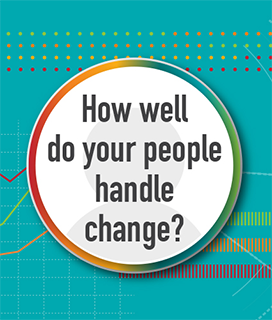It begins with a kind of mental and physical sluggishness, where even some of the most routine tasks sap your energy and concentrating at work becomes increasingly difficult.
Then when you try to relax, you obsessively check email or run through a to-do list, hoping that relief will be around that corner. Alongside tiredness comes feeling anxious or sad, even hopeless.
It’s called burnout. And more and more of us are affected by it. A recent Gallup study of nearly 7,500 full-time employees found that more than 65 percent reported feeling burned out at work on some level. Job burnout accounts for an estimated $125-190 billion (that’s with a “b”) in healthcare spend each year. Burnout is attributed to type 2 diabetes, coronary heart disease, gastrointestinal issues, high cholesterol, even death for those under the age of 45.
Why? Why are we all so darn exhausted?
Our brains are simply not designed to deal with modern-day life. As technology has evolved at an unmanageable rate, we haven’t stopped to acknowledge the drain it has on our ability to think straight. At work, the increasing emphasis on productivity and the relentless pace leaves people in a permanent state of fight or flight. This state originally evolved to keep humans alive when being chased by lions. But facing that kind of pressure day in and day out makes for a steady surge of stress hormones that leaves your employees’ bodies struggling to fight.
When we’re not at work, our 24/7 culture can make it difficult to turn off. With no chance to recharge our minds and bodies, our batteries are constantly running low.
So what can you do to help, both yourself and your employees?
There is always a silver lining. In fact, there are proven ways to not only manage burnout, but to build energy for high-performance at work and enjoyment of life outside of it.
The key is to build workforce resilience. We know from our meQuilibrium data that resilient people are a whopping 60 percent less likely to suffer burnout. We have found that there are four kinds of energy: physical, mental, emotional, and motivational. We rely on a mix of each energy source to get us through the day. The goal is to support and maintain a steady, healthy flow of energy—without forcing it beyond its limits—and resilience methods and techniques can be our guide.
Let’s take a look at the 4 kinds of energy and why they are so important:
1. Physical Energy
Taking care of yourself is not a luxury. It’s a necessity, with multiple studies proving that self-care helps you beat burnout, stay engaged at work, and remain present with your family. Though it’s often portrayed as a day at the spa or a candlelit bubble bath, self-care is about much more than pampering yourself. It’s about taking time to attend to your own needs.
2. Mental Energy
Our brains are wired towards negative thinking, which amplifies our stress and zaps our mental energy. But with practice, we can catch our negative thoughts in action, which makes it easier to stay in the present moment and stop stress before it starts.
3. Emotional Energy
Most of us have to-do lists that never seem to end. As a result, we tend to focus on the stuff we haven’t done, which can leave us feeling emotionally exhausted and overwhelmed. On the other hand, keeping track of your wins, even the small ones, boosts your emotional energy by building a sense of progress into each day.
4. Motivational Energy
For most of us, evenly dividing our time and energy between work and home is unrealistic—but that doesn’t stop us from trying. This tension is fueled by Iceberg Beliefs: big, primarily subconscious beliefs about how the world “should” be. Icebergs often lead us to expect more of ourselves that we can reasonably accomplish, which creates stress and drains our motivation.
While many of your employees are using technology to measure their physical energy, from FitBit to Apple Health, they’re likely only evaluating one piece of the complex energy puzzle. The energy that fuels employees is as dynamic as their brains are and attending to all four types will recharge their collective battery and offer a sustainable foundation to thrive from.
Gain a new perspective on how you fuel your workforce by downloading our white paper, A New Perspective on Engagement and Performance, where you’ll learn the top four challenges facing HR today and how resilience is the solution you’ve been looking for.

